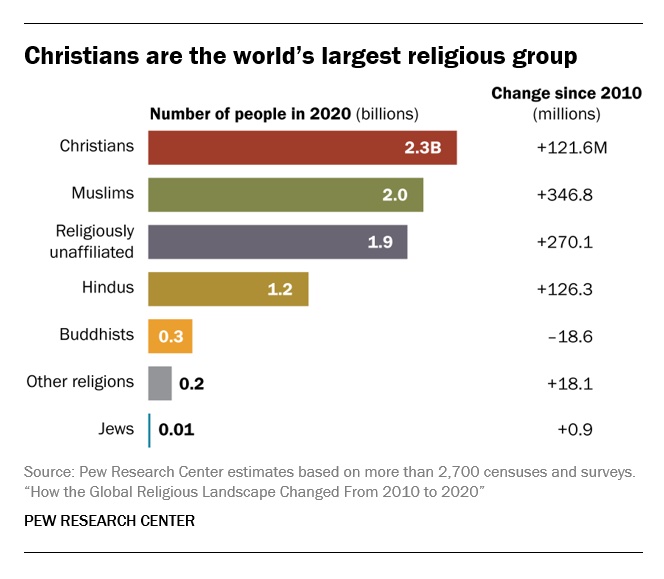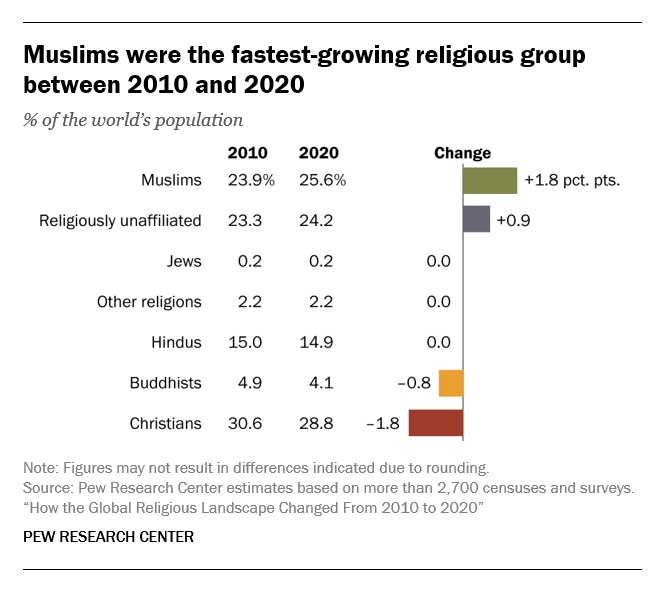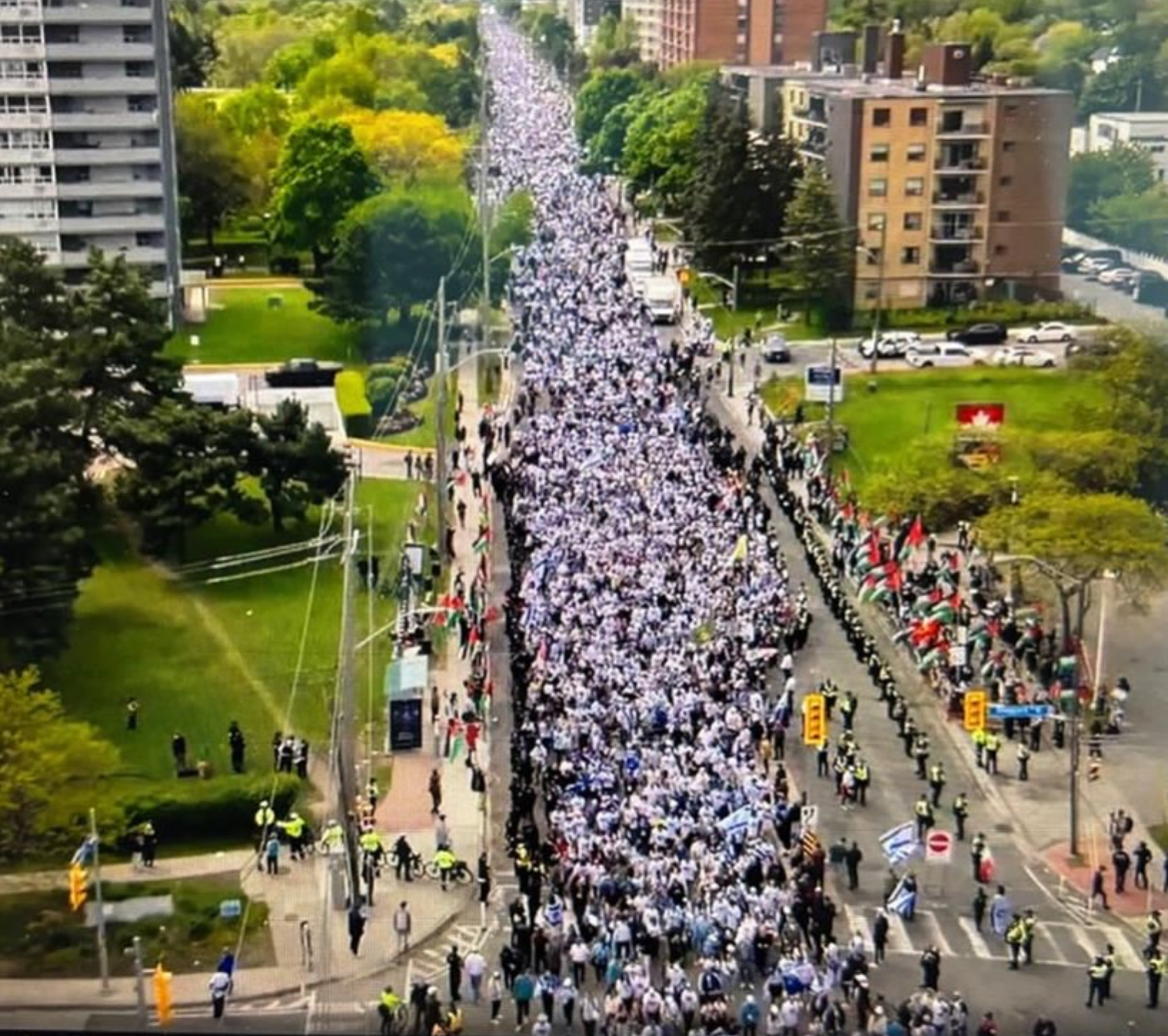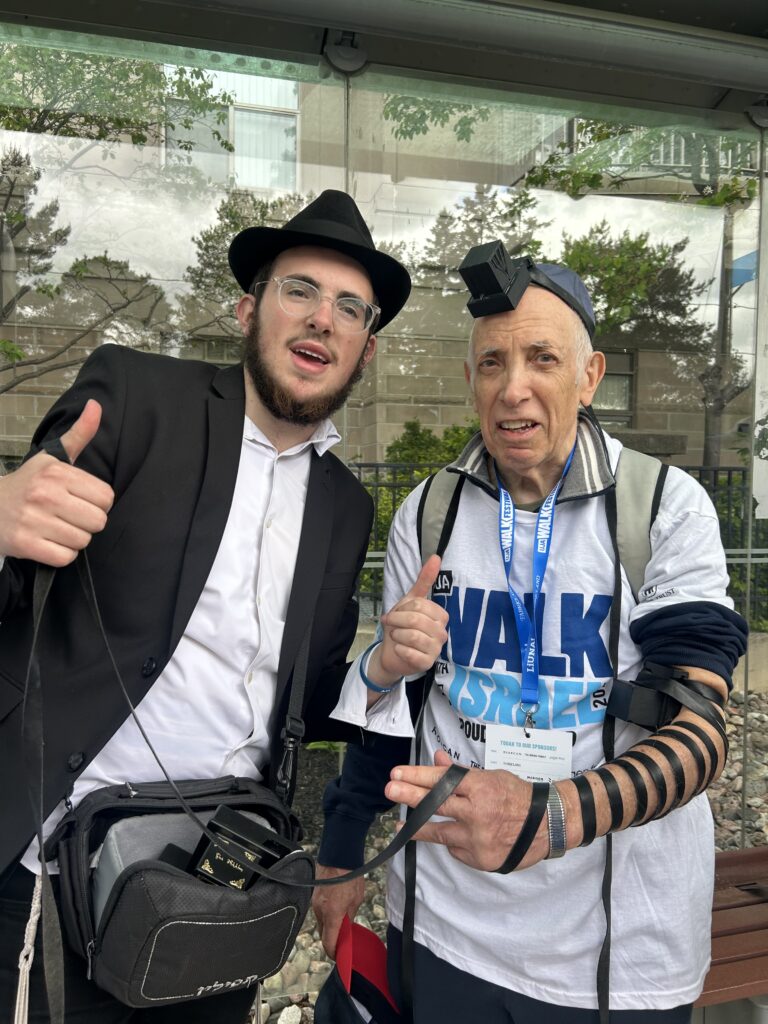Uncategorized
As trial begins in Tree of Life massacre, Pittsburgh’s Jews struggle with what to reveal and what to conceal
PITTSBURGH (JTA) — On Friday afternoon, Squirrel Hill was suffused with spring breezes and pink dogwoods, and alive with the movement that typifies the coming of Shabbat.
Toddlers scrambled up the jungle gym in the JCC playground, while the chatter in cafes was about a looming storm that could soak the walk to synagogue on Saturday. Murray Avenue Kosher was emptying out of challahs.
Barely present, at least on the surface, was any indication that Monday morning would hold a turning point in the community’s greatest trauma. That’s when jury selection was to begin in the trial of the man accused of shattering Shabbat on Oct. 27, 2018, with gunfire. His massacre of 11 worshipers, in a synagogue building a 10-minute stroll from the downtown of this leafy, heavily Jewish neighborhood, was the deadliest-ever attack on U.S. Jews.
But behind the scenes, there are clear signs that the trial’s proximity is being felt. Maggie Feinstein, the director of the 10/27 Healing Partnership, which provides post-traumatic therapy for the community, said that as the trial nears, requests for treatment have spiked.
“The trauma cues that for a while bothered us right after the shooting — for some people it might be ambulances, for other people it might be media, for some people it might be the sound of multiple police cars — you get to a place where they don’t bother you as much,” she said. “But the increased media attention and the increased awareness of this upcoming trial for a number of people is bringing back for them that maybe they didn’t do their own healing the first time around.”
A Starbucks in the Squirrel Hill neighborhood of Pittsburgh is decorated with a memorial for the victims of the 2018 massacre at the city’s Tree of Life synagogue, April 21, 2023. (Ron Kampeas)
There were three congregations in the building: Tree of Life and New Light, both affiliated with the Conservative movement, and Dor Hadash, which is Reconstructionist.
The 11 victims were brothers Cecil and David Rosenthal, couple Bernice and Sylvan Simon, Rose Malinger, Joyce Fienberg, Richard Gottfried, Jerry Rabinowitz, Daniel Stein, Melvin Wax and Irving Younger. Seven were from Tree of Life, three were from New Light and one was from Dor Hadash.
For their families, their friends, their congregations and their broader Jewish community, the legacy of the massacre is a deep-seated longing for control, a longing to never have to think again of the gunman and of the anguish he left in his wake, while grappling with tender memories of the dead, of the decades spent in celebration and in prayer in the building.
Who narrates this story, the gunman or his victims? That struggle now looms as the alleged gunman goes to trial. The community is wrestling with questions such as where and whether to put the bullet-riddled artifacts, whether to worship at the site, whether to even speak of the massacre and how and whether the gunman lives or dies.
”We believe strongly that this antisemitic attack should not stop people from practicing and being Jewish,” Feinsten said. “For a lot of people, that’s an active choice that they have to work at. It doesn’t come easily after feeling unsafe in that environment to then work to find safety in it. But a lot of people have chosen to do that.”
On Friday, Feinstein was organizing support services for families who would, if they so choose, be sequestered in a separate room in the court where they could view the trial. (Family members may also ask to be seated in the courtroom.) She assigned six therapists to be present with the families.
Compounding the revisited trauma of the event, the families are divided over whether the gunman, should he be convicted, deserves the death penalty. The accused has a lawyer, Judy Clarke, known as “the attorney for the damned” for her determination to keep her clients from execution.
What’s clear is that the Jews of Squirrel Hill are taking the trial on with their characteristic spirit of collaboration. The community has hired public relations specialists to handle media inquiries ahead of the trial, in part to safeguard locals from being pressed to answer questions that could harm them or shatter the sense of unity. Congregants reached by the Jewish Telegraphic Agency dutifully deferred to the list of approved contacts on a list distributed by a PR agency.
On Friday afternoon, signs of unity that flooded the city in the immediate aftermath of the shooting were still visible. In a tobacconist’s window a sign with the slogan “No place for hate/Stronger than hate,” which had proliferated throughout the neighborhood after the attack, remained propped up next to a flag and an ad for the lottery. A Starbucks had on its window white paint drawings depicting “love,” “kindness” and “hope” in English and in Hebrew, alongside symbols: the Star of David, a heart and a dove.
A tobacconist window includes a poster of the “No Place for Hate” slogan that proliferated after the Tree of Life Massacre in 2018, in Pittsburgh, April 21, 2023. (Ron Kampeas)
Representatives of the community talk about “doing Jewish” as a means of coping, including redoubling the very activities — allying with the city’s Black minority and advocating for immigration, refugees and gun control — that fueled the rage of the alleged attacker.
The attacker allegedly was driven in part by the partnership between Dor Hadash and HIAS, the Jewish refugee aid group, and the congregation’s sponsorship of refugee families.
“We have, if anything, doubled down on our commitment to immigrants and refugees,” said Dana Kellerman, the chair of the communications committee at Dor Hadash. “We are currently coming up on the end of our first year working with a new resettlement program to resettle a Congolese immigrant family in Pittsburgh, and we have every intention of when the year commitment is up of working with a second family.”
Kellerman said the shooting had “honestly become part of the background of our existence at this point.” In keeping with her congregation’s rules aimed at protecting their community, Kellerman declined to talk about the day of the massacre, the death penalty or about details of the trial. But she was open about the ways in which her congregation has leaned into the values it has long held, and that the gunman so reviled.
“We have become louder and more public about practicing our Judaism,” she said. Now, she said, the congregation incorporates advocacy for refugees into its service, with liturgical readings on immigration.
There are other changes. “We even have hats now! We have baseball caps!” Kellerman said with a smile, unearthing a photo of herself in a white cap with “Dor Hadash” and a stylized Magen David in blue, standing alongside gun control advocates.
“Previously we all would have shown up as our individual selves, and now we show up in our Dor Hadash baseball caps,” she said. “Mine kept blowing off.”
Steve Cohen, the co-president of New Light, said the congregation’s relationship with Black churches in the city has reached new intensity since the massacre. The congregation’s rabbi and congregants who know Hebrew partner with the churches to analyze sacred texts in the original.
“We would bring our Tanachs [Hebrew Bibles], and the Christian congregation would bring their Bible and then we would talk about the Proverbs and go through it, not just what the intention of the author was, but how different ways the same words can be translated in order to imply different things,” he said. “And so we went through the whole Book of Proverbs with the Rodman Street Baptist Church, and this past winter, we did the selected Psalms with the faith and Destiny Church on the north side.”
The interior of the new sanctuary of the New Light congregation, four and half years after a gunman massacred three of its congregants, in Pittsburgh, April 21, 2023. (Ron Kampeas)
New Light took its cue from survivors of the 2015 attack on the Emanuel Church in Charleston, South Carolina, in which a white supremacist murdered nine Black worshipers, Cohen said. Leaders of New Light traveled to the church and heard from its elders that it was not enough to tend to the traumatized individuals, but to the community; they emphasized outreach, bringing congregants back in.
“That’s a lot of the reason why we have an outpouring of members who never attended shul now attending shul,” he said.
Feinstein, too, said she had an intensification of religious and ritual observance among her clients: more frequent attendance at Shabbat services, forming a daily minyan, finding a study partner for daily Talmud study.
Kellerman said the community has become closer; she sees it in congregants who linger. “It shows up in things like people showing up for Friday night services, and hanging out to chat or getting on a little early to chat,” she said.
A rendition of architect Daniel Libeskind’s plans for the interior of the new Tree of Life synagogue. (Tree of Life)
In the days leading up to the trial, the community bid farewell to the most salient relic of that painful day: the hulking synagogue building on the corner of Wilkins and Shady that has stood empty since then. All three congregations have decamped to nearby synagogues, leaving behind the chain-link fence draped with paintings from children across the country wishing for strength.
“Nobody has been meeting in the synagogue since the day of the shooting,” said Carole Zawatsky, the Tree of Life CEO who is overseeing the plans to replace the building. The only people to have been inside at all, she said, were survivors and “special friends” — donors to the rebuilding and politicians.
Zawatsky said it is wrenching to even contemplate returning for some. “You can walk through the building and see where the gunman was destructive,” she said. “You can see where the gunman was apprehended, where the gunman opened fire. It’s devastating to witness.”
But some intend to: Tree of Life lost seven congregants but plans on returning once the building is rebuilt as a museum and education center focused on the dangers of extremism.
On Sunday, the Tree of Life congregation had an outdoor ceremony to say “L’hitraot,” Hebrew for “until we meet again,” to the building as it has existed up to now.
“We are grateful to God for the thousands of blessings that have passed through these doors,” Rabbi Jeffrey Myers, the rabbi who sheltered congregants and alerted police, said at the ceremony. “We cannot, we must not, permit one day … to define us, nor outweigh all the good.”
The new center is being designed by Daniel Libeskind, the architect who designed the master plan for the World Trade Center site reconstruction in New York and the Jewish Museum in Berlin.
But Dor Hadash and New Light decided their moves were permanent in part because families of their victims swore never to return to the building.
New Light is now ensconced in what once was a secondary chapel at the Beth Shalom synagogue, as if it has been there for decades: Plaques honoring past donors and presidents adorn the walls of the sanctuary. The only signs of the massacre are the 1,000 paper cranes Pittsburgh’s Japanese community gave the congregation, reflecting a Japanese tradition that folding cranes will make a wish come true. They hang at the entrance to the sanctuary, unexplained by any plaque. There is a stained glass monument to the three victims at the cemetery where they are buried.
Even with Tree of Life’s commitment to return, many questions remain about what that will look like. The congregation has yet to decide what objects will stay in the sanctuary, what will stay in storage and what will be part of a separate exhibit, Zawatsky said.
“The first work that’s had to be done for the synagogue is ‘What are the things that need to be saved and go into storage during construction?’” she said.
In some ways, she indicated, the work of rebuilding could bear some resemblance to the balancing act that the community will have to navigate during the alleged shooter’s trial.
“We are thinking deeply about how you exhibit some of these materials,” Zaslavsky said, “in ways that are both teachable moments and don’t retraumatize.”
—
The post As trial begins in Tree of Life massacre, Pittsburgh’s Jews struggle with what to reveal and what to conceal appeared first on Jewish Telegraphic Agency.
Uncategorized
How the Global Religious Landscape Changed from 2010 to 2020

Muslims grew fastest; Christians lagged behind global population increase
• Christians are the world’s largest religious group, at 28.8% of the global population. They are a majority everywhere except the Asia-Pacific and Middle East-North Africa regions. Sub-Saharan Africa has surpassed Europe in having the largest number of Christians. But Christians are shrinking as a share of the global population, as millions of Christians “switch” out of religion to become religiously unaffiliated.

• Muslims are the world’s second-largest religious group (25.6% of the world’s population) and the fastest-growing major religion, largely due to Muslims’ relatively young age structure and high fertility rate. They make up the vast majority of the population in the Middle East-North Africa region. In all other regions, Muslims are a religious minority, including in the Asia-Pacific region (which is home to the greatest number of Muslims).

• The religiously unaffiliated population is the world’s third-largest religious category (24.2% of the global population), after Christians and Muslims. Between 2010 and 2020, religiously unaffiliated people grew more than any group except Muslims, despite their demographic disadvantages of an older age structure and relatively low fertility. The unaffiliated made up a majority of the population in 10 countries and territories in 2020, up from seven a decade earlier.
• Hindus are the fourth-largest religious category (14.9% of the world’s population), after Christians, Muslims and religiously unaffiliated people. Most (99%) live in the Asia-Pacific region; 95% of all Hindus live in India alone. Between 2010 and 2020, Hindus remained a stable share of the world’s population because their fertility resembles the global average, and surveys indicate that switching out of or into Hinduism is rare.
• Buddhists (4.1% of the world’s population) are the only group in this report whose number declined worldwide between 2010 and 2020. This was due both to religious disaffiliation among Buddhists in East Asia and to a relatively low birth rate among Buddhists, who tend to live in countries with older populations. Most of the world’s Buddhists (98%) reside in the Asia-Pacific region, the birthplace of Buddhism.
• Jews, the smallest religious group analyzed separately in this report (0.2% of the world’s population), lagged behind global population growth between 2010 and 2020 – despite having fertility rates on par with the global average – due to their older age structure. Most Jews live either in North America (primarily in the United States) or in the Middle East-North Africa region (almost exclusively in Israel).
These are among the key findings of a Pew Research Center analysis of more than 2,700 censuses and surveys, including census data releases that were delayed due to the coronavirus pandemic. This report is part of the Pew-Templeton Global Religious Futures project, which analyzes global religious change and its impact on societies around the world. Funding for the Global Religious Futures project comes from The Pew Charitable Trusts and the John Templeton Foundation.
Uncategorized
Antisemitism in some unlikely places in America

By HENRY SREBRNIK Antisemitism flourishes in a place where few might expect to confront it – medical schools and among doctors. It affects Jews, I think, more emotionally than Judeophobia in other fields.
Medicine has long been a Jewish profession with a history going back centuries. We all know the jokes about “my son – now also my daughter – the doctor.” Physicians take the Hippocratic Oath to heal the sick, regardless of their ethnicity or religion. When we are ill doctors often become the people who save us from debilitating illness and even death. So this is all the more shocking.
Yes, in earlier periods there were medical schools with quotas and hospitals who refused or limited the number of Jews they allowed to be affiliated with them. It’s why we built Jewish hospitals and practices. And of course, we all shudder at the history of Nazi doctors and euthanasia in Germany and in the concentration camps of Europe. But all this – so we thought – was a thing of a dark past. Yet now it has made a comeback, along with many other horrors we assume might never reappear.
Since the Hamas attack on Israel on October 7, 2023, there has been a resurgence of antisemitism, also noticeable in the world of healthcare. This is not just a Canadian issue. Two articles on the Jewish website Tablet, published Nov. 21, 2023, and May 18, 2025, spoke to this problem in American medicine as well, referencing a study by Ian Kingsbury and Jay P. Greene of Do No Harm, a health care advocacy group, based on data amassed by the organization Stop Antisemitism. They identified a wave of open Jew-hatred by medical professionals, medical schools, and professional associations, often driven by foreign-trained doctors importing the Jew-hatred of their native countries, suggesting “that a field entrusted with healing is becoming a licensed purveyor of hatred.”
Activists from Doctors Against Genocide, American Palestinian Women’s Association, and CODEPINK held a demonstration calling for an immediate cease-fire in Gaza at the Hart Senate Office Building in Washington, D.C., Nov. 16, 2023, almost as soon as the war began. A doctor in Tampa took to social media to post a Palestinian flag with the caption “about time!!!” The medical director of a cancer centre in Dearborn, Michigan, posted on social media: “What a beautiful morning. What a beautiful day.” Even in New York, a physician commented on Instagram that “Zionist settlers” got “a taste of their own medicine.” A Boston-based dentist was filmed ripping down posters of Israeli victims and a professor at the University of Pennsylvania Perelman School of Medicine did the same. Almost three-quarters of American medical associations felt the need to speak out on the war in Ukraine but almost three-quarters had nothing to say about the war in Israel.
Antisemitism in academic medical centres is fostering noxious environments which deprive Jewish healthcare professionals of their civil right to work in spaces free from discrimination and hate, according to a study by the Data & Analytics Department of StandWithUs, an international, non-partisan education organization that supports Israel and fights antisemitism.
“Academia today is increasingly cultivating an environment which is hostile to Jews, as well as members of other religious and ethnic groups,” StandWithUs director of data and analytics, and study co-author, Alexandra Fishman, said on May 5 in a press release. “Academic institutions should be upholding the integrity of scholarship, prioritizing civil discourse, rather than allowing bias or personal agendas to guide academic culture.”
The study, “Antisemitism in American Healthcare: The Role of Workplace Environment,” included survey data showing that 62.8 per cent of Jewish healthcare professionals employed by campus-based medical centres reported experiencing antisemitism, a far higher rate than those working in private practice and community hospitals. Fueling the rise in hate, it added, were repeated failures of DEI (diversity, equity, and inclusion) initiatives to educate workers about antisemitism, increasing, the report said, the likelihood of antisemitic activity.
“When administrators and colleagues understand what antisemitism looks like, it clearly correlates with less antisemitism in the workplace,” co-author and Yeshiva University professor Dr. Charles Auerbach reported. “Recognition is a powerful tool — institutions that foster awareness create safer, more inclusive environments for everyone.”
Last December, the Data & Analytics Department also published a study which found that nearly 40 per cent of Jewish American health-care professionals have encountered antisemitism in the workplace, either as witnesses or victims. The study included a survey of 645 Jewish health workers, a substantial number of whom said they were subject to “social and professional isolation.” The problem left more than one quarter of the survey cohort, 26.4 per cent, “feeling unsafe or threatened.”
The official journal of the Alliance for Academic Internal Medicine concurs. According to “The Moral Imperative of Countering Antisemitism in US Medicine – A Way Forward,” by Hedy S. Wald and Steven Roth, published in the October 2024 issue of the American Journal of Medicine, increased antisemitism in the United States has created a hostile learning and practice environment in medical settings. This includes instances of antisemitic behaviour and the use of antisemitic symbols at medical school commencements.
Examples of its impact upon medicine include medical students’ social media postings claiming that Jews wield disproportionate power, antisemitic slogans at the University of California, Los Angeles (UCLA) David Geffen School of Medicine, antisemitic graffiti at the University of California, San Francisco (UCSF) Cancer Centre, Jewish medical students’ exposure to demonization of Israel diatribes and rationalizing terrorism; and faculty, including a professor of medicine at UCSF, posting antisemitic tropes and derogatory comments about Jewish health care professionals. Jewish medical students’ fears of retribution, should they speak out, have been reported. “Our recent unpublished survey of Jewish physicians and trainees demonstrated a twofold increase from 40% to 88% for those who experienced antisemitism prior to vs after October 7,” they stated.
In some schools, Jewish faculty are speaking out. In February, the Jewish Faculty Resilience Group at UCLA accused the institution in an open letter of “ignoring” antisemitism at the School of Medicine, charging that its indifference to the matter “continues to encourage more antisemitism.” It added that discrimination at the medical school has caused demonstrable harm to Jewish students and faculty. Student clubs, it said, are denied recognition for arbitrary reasons; Jewish faculty whose ethnic backgrounds were previously unknown are purged from the payrolls upon being identified as Jews; and anyone who refuses to participate in anti-Zionist events is “intimidated” and pressured.
Given these findings, many American physicians are worried not only as Jewish doctors and professionals, but for Jewish patients who are more than ever concerned with whom they’re meeting. Can we really conceive of a future where you’re not sure if “the doctor will hate you now?”
Henry Srebrnik is a professor of political science at the University of Prince Edward Island.
Uncategorized
The 2025 Toronto Walk (and talk ) for Israel

By GERRY POSNER There are walks and then there are walks. The Toronto UJA Walk for Israel on May 25, 2025 was one of a kind, at least as far as Canada and Jews are concerned. The number of people present was estimated to be 56,000 people or 112,000 total shoes. (How they get to that number is bewildering to me, since there is no one counting). This was 6,000 more than last year. Whether it is true or not, take it from me, it was packed. The synagogues in Canada should be so fortunate to get those numbers in total on High Holidays. The picture here gives you a sense of the size of the crowd.

This was my first walk in Toronto for Israel and I was with my granddaughter, Samantha Pyzer (not to forget her two friends whom she managed to meet at the site, no small feat, even with iPhones as aids). The official proceedings began at 9:00 a.m. and the walk at 10:00 a.m. There was entertainment to begin with, also along the way, and at the finish as well. The finish line this year was the Prosserman Centre or the JCC as it often called. The walk itself was perhaps 4 kilometres – not very long, but the walking was slow, especially at the beginning. There were lots of strollers, even baby carriages, though I did not see any wheelchairs. All ages participated on this walk. I figured, based on what I could see on the faces of people all around me that, although I was not the oldest one on the walk, I bet I made the top 100 – more likely the top 20.
What was a highlight for me was the number of Winnipeggers I met, both past and present. Connecting with them seemed to be much like a fluke. No doubt, I missed la lot of them, but I saw, in no particular order (I could not recall the order if my life depended on it): Alta Sigesmund, (who was, a long time ago, my daughter Amira’s teacher), Marni Samphir, Karla Berbrayer and her husband Dr. Allan Kraut and family. Then, when Samantha and I made it to the end and sat down to eat, I struck up a conversation with a woman unknown to me and as we chatted, she confirmed her former Winnipeg status as a sister-in- law to David Devere, as in Betty Shwemer, the sister of Cecile Devere. I also chanced upon Terri Cherniack, only because I paused for a moment and she spotted me. As we closed in near the finish, I met ( hey were on their way back), Earl and Suzanne Golden and son Matthew, as well as Daniel Glazerman. That stop caused me to lose my granddaughter and her pals. Try finding them amid the noise and size of the crowd – but I pulled it off.

As I was in line to get food, I started chatting with a guy in the vicinity of my age. I dropped the Winnipeg link and the floodgates opened with “ Did I know Jack and Joanie Rusen?” So that was an interesting few minutes. And I was not too terribly surprised to come across some of my Pickleball family. All of these meetings, along with spotting some of my sister’s family and other cousins, were carried on with the sound of the shofar as we moved along the way. In short, this was a happening. Merchants selling a variety of products, many of them Israeli based, were in evidence and, of course, the day could not have ended without the laying of tefillin, aided by Chabad, who have perfected the procedure to take less than a minute. See the photo. Chabad had a willing audience.
Aside from the joy of sharing this experience with my granddaughter, the very presence of all these Jews gathered together for a common reason made this day very special to me. However, there was a downside to the day. The downside was that, as we began to walk back to our car there was no other way I could figure out how to return when the rains came and came. While we walked faster, we were impeded by pouring rain and puddles. But Samantha wanted to persevere, as did I. We made it, but were drenched. My runners are still drying out as I write this two days later.
What with being surrounded by 56,000 people, the noise, the slow walking, and the rain, I can still say the day was a real highlight for me – one of the better moments since our arrival in Toronto in 2012. As well as the photos we took along the way, I have the reminder of the day, courtesy of the UJA, as evidenced from the photo. It was not just the walk, but the talk that accompanied the walk that made it so worthwhile for me. I would do it again, minus the rain.
